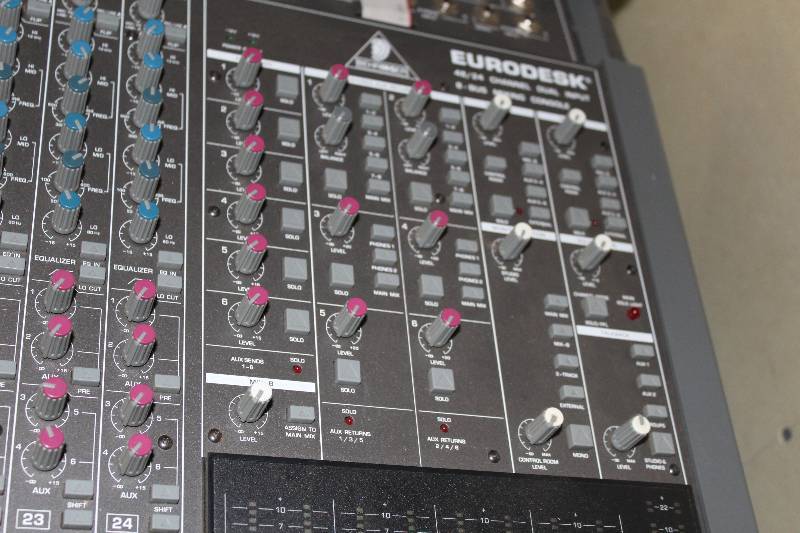

It bridges two contradictory challenges of the Berlin housing market. “Wohnregal” uses pre-cast concrete elements common in industrial construction. The building is situated in a corner lot in Berlin Moabit left unbuilt since the war. They allow for the interior to be opened up during the summer, allowing natural ventilation turning the interior spaces into loggias. Sliding doors appropriated as a curtain wall constitute the east and west façades. Thanks to the principle of the pre-fab rack spanning from façade to façade without interior structural walls they can each have a different plan layout. The ateliers vary greatly between 35 and 110 sqm. An open staircase along the north façade provides access. There are two units per floor – oriented east and west. The rack houses affordable ateliers which are renegotiating the relationship of live and work environments. It is a 6-story structure based on pre-fab concrete elements commonly used in industrial construction. You have to be careful not to overdo it, but this can produce a pleasant touch of thickening saturation.The term Wohnregal translates into “habitable rack”. There’s no built-in distortion, but you can do the old trick of feeding the audio output into the external input. The CV I/O also lets you create a bit of extra warmth. Although it’s nowhere near as flexible as Behringer’s semi-modular Neutron synth, it’s a welcome addition on an instrument that otherwise plays it pretty safe in copying the original Sequential Circuits design. The CV connectivity also helps if you’re looking to interface the Pro-1 with other modular gear. This lets you route the filter or amp envelope to resonance or send the LFO to the external input and play its pitch via the keyboard, giving you an additional oscillator. Luckily, Behringer has seen fit to expand upon the original’s sound design capabilities by including six additional CV ins and five outs. There are certain limitations to this system, but it’s quick to use, and it makes you try things you might not typically explore.
Behringer mx8000 opened up mod#
Then you can use the LFO via the mod wheel to create rhythmic filter movements. These can be set to either the Mod Wheel bus or the direct bus.įor example, you can combine the Filter Envelope and Osc B sources to create a complex shape that modulates oscillator pulse-width.

It takes a little getting used to, but it gives you three mod sources (filter envelope, oscillator B and LFO), and five destinations (pitch and pulse-width for both oscillators and the filter). The LFO is one of three mod sources for the Pro-1’s unique modulation section.
Behringer mx8000 opened up update#
And a recent firmware update has made the amp envelope even snappier.įinally, there’s an LFO with three combinable waveshapes, which also doubles as an internal clock. The filter has its own ADSR envelope, and there’s a snappy envelope for the amplifier, too. The only downside with this filter design, like many others, is that you lose a lot of low-end as you increase the resonance, so you have to consider this when designing sounds.

The filter is characterful and squelchy, and at high resonances, it allows you to easily pick out frequencies, even moving into self-oscillation. The triangle wave on Osc B makes an excellent sub, and if you want a cleaner sine wave, you can use the capable 24dB/octave (4-pole) low-pass filter. Listen to the sound examples below for examples ranging from warm and subby to piercingly bright, resonant and nasal. With facilities such as waveshape blending, oscillator sync and pulse-width control, you can get a decent variety of timbres from the Pro-1. You also have a sync switch on Osc A, and the ability to turn Osc B to low-frequency mode and detach it from the keyboard input to use it as an extra LFO. Both have pulse-width controls, and you can blend the levels using the mixer section, where you can also dial in a noise oscillator or an external input signal. On to the synth specs, and we have dual analogue VCOs with three simultaneous waveforms. Of course, at this price, we’d rather the money went into circuitry than housing. The pots feel like good quality with some resistance that makes it easier to dial in small changes, but the switches let the side down as they feel a little loose and cheap. It feels relatively sturdy, with a metal body and removable fake wood side panels, just in case you want to mount it in a Eurorack case. Visually, the Pro-1 closely replicates the original Sequential Circuits Pro-One faceplate, albeit in a slightly smaller frame.


 0 kommentar(er)
0 kommentar(er)
